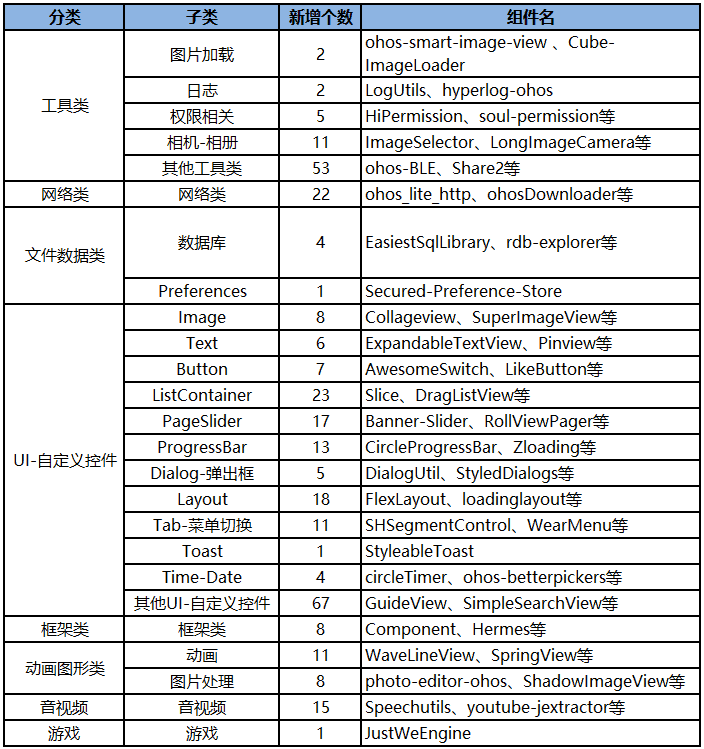Since the official release of the HarmonyOS, Huawei has been developing this system. The company is also rapidly rolling out this system for its pre-existing smartphones. Since the first batch of HarmonyOS 400+ components became open-sourced, they have received unanimous praise and strong attention from developers. Today, HarmonyOS officially announced that it will add 300+ open source components again. These components involve 8 categories (tools, network, file data, UI, framework, animation graphics, audio and video, games).

According to reports, developers can directly download the source code through the OpenHarmony Gitee open source address. Alternatively, they can obtain the components from the HarmonyOS application package management platform.
Huawei officials claim that components help reduce the difficulty of application development. They also help to improve development efficiency and make application development simpler.
It is reported that in 2019, Huawei announced the open-source of HarmonyOS. In September 2020, the Open Atom Open Source Foundation accepted the code for the basic capabilities of the smart terminal operating system donated by Huawei and then open-sourced it. According to the naming rules, the open-source project has the name “OpenAtom or OpenHarmony”.
Gizchina News of the week
OpenHarmony Project Group Working Committee
In December 2020, seven groups including PATEO, Huawei, JD.com, Runhe, Yikatong, the Software Institute of the Chinese Academy of Sciences, and Chinasoft International established the OpenHarmony Project Group Working Committee under the organization of the Open Atom Open Source Foundation and began to support OpenHarmony. The project conducts open source community governance. Various units continue to invest and contribute to the OpenHarmony open source project.
The Open Atom Open Source Foundation is a non-profit organization for promoting the development of the global open source industry. It was jointly initiated by leading technology companies such as Alibaba, Baidu, Huawei, Inspur, Tencent, 360, and China Merchants Bank. It was established and registered this month, and it is China’s first foundation in the field of open source.
In June of this year, Huawei’s HarmonyOS officially hit the road for consumers. This is a distributed operating system for all scenarios that can be used for various devices in the Internet of Things (IoT). In addition to mobile phones, smart terminals like watches and tablets can also use HarmonyOS.
As of now, Huawei has released the HarmonyOS system to over 80 devices. According to the company’s plan, over 100 Huawei devices will have this system this year. Also, Huawei claims that 300 million devices will run on HarmonyOS this year. Among them, 200 million will be Huawei’s devices while the other 100 million will be third-party devices.






They should bring out new version yearly and expand it to tablets,smart TVs and auto.